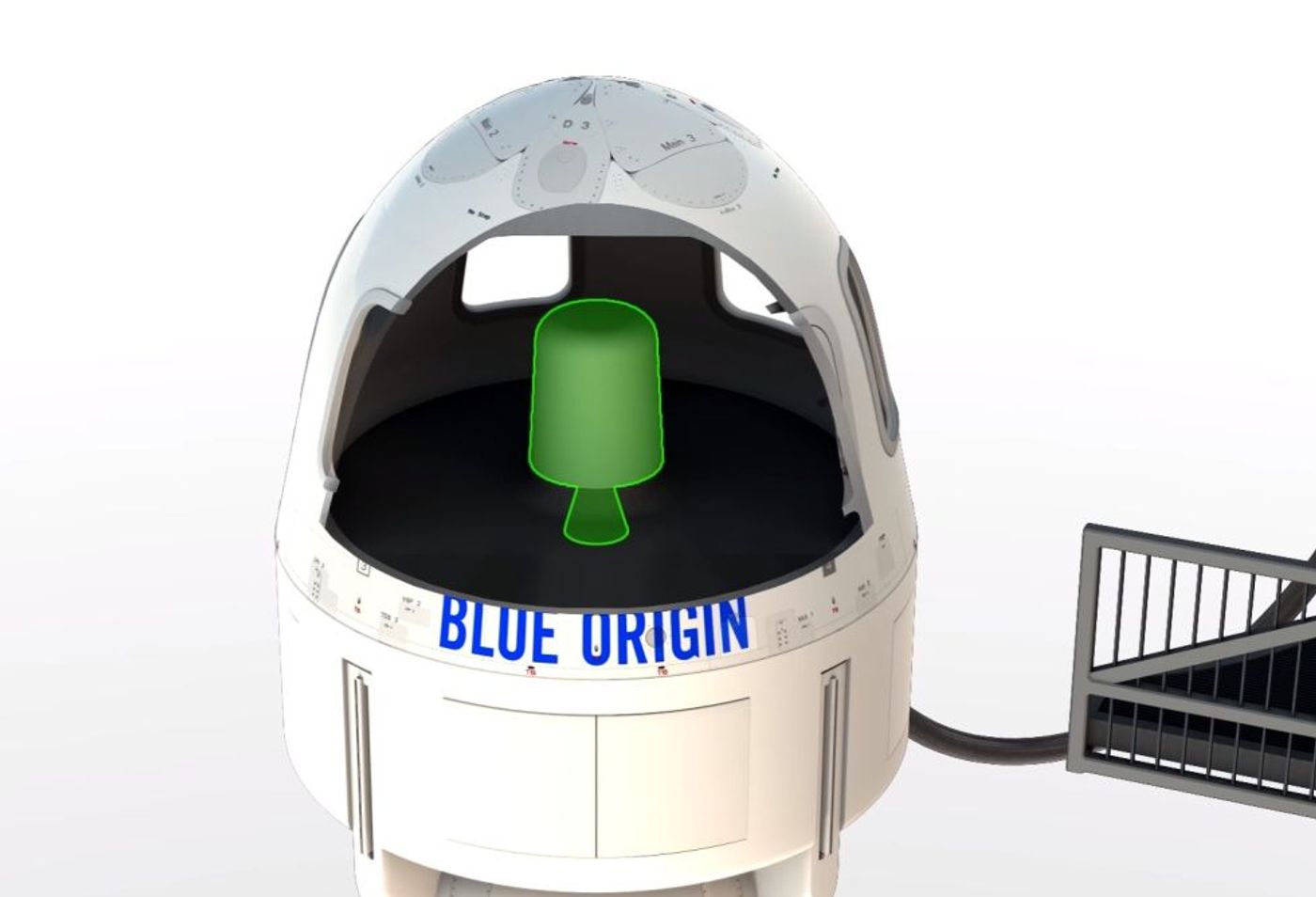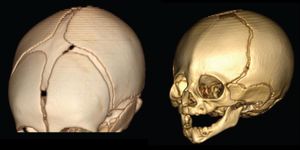Blue Origin's Test Mission Next Month Could Destroy the Historic New Shepard Rocket
Along with SpaceX, there’s another space company that has been toying around with reusable rocket technology; Blue Origin, the Jeff Bezos-owned private aerospace company.
Blue Origin is best known for its New Shepard rocket, which has successfully taken off and landed back on solid ground four times. But now, Bezos wants to put it to the ultimate test with an intentional use of the built-in vehicle abort system.

It has been ground-tested many times before, but now Bezos wants to make sure it actually works in a real-world condition up in the skies.
The test mission is expected to take place in the first half of October. Essentially what’s going to happen is Blue Origin is going to launch the New Shepard rocket, and then after the rocket reaches about 16,000 feet in the air, which should take about 45 seconds, the abort system will be initiated.
"We’ll be doing our in-flight escape test with the same reusable New Shepard booster that we’ve already flown four times," Bezos wrote in an email.
At this time, the payload (the capsule connected to the rocket) will be ejected away from the booster rocket with the on-board motor, which Bezos says will fire for two seconds just to get it far enough away from the hazardous booster rocket.
Since the capsule will no longer be a part of the booster rocket, the capsule will have to safely land on its own. It will achieve this with multiple parachutes. The booster rocket, on the other hand, has a very good chance of being destroyed, but Bezos explains that there’s a slight possibility it could still make a fifth successful vertical landing.
The booster will be “slammed” with up to 70,000 pounds of off-axis force and exhaust from the escape motor, and this could ultimately destroy it.
“If the booster does manage to survive this flight—its fifth—we will in fact reward it for its service with a retirement party and put it in a museum," Bezos continued writing. "In the more likely event that we end up sacrificing the booster in service of this test, it will still have most of its propellant on board at the time escape is triggered, and its impact with the desert floor will be most impressive."
Despite what could be a loss of a historic piece from Blue Origin, the testing of this safety feature is absolutely necessary to ensure that the tourism spacecraft is 100% safe for its inhabitants in the future. Commercial space flight could begin as early as 2018.
Blue Origin intends to use the New Shepard rocket repeatedly to fare tourists into sub-orbital space. These rockets are made very differently than SpaceX’s; Blue Origin designs rockets for sub-orbital purposes, while SpaceX make deep space-penetrating rockets for delivering payloads into orbit and International Space Station missions.
It should be interesting to see how this plays out.
Source: Ars Technica








